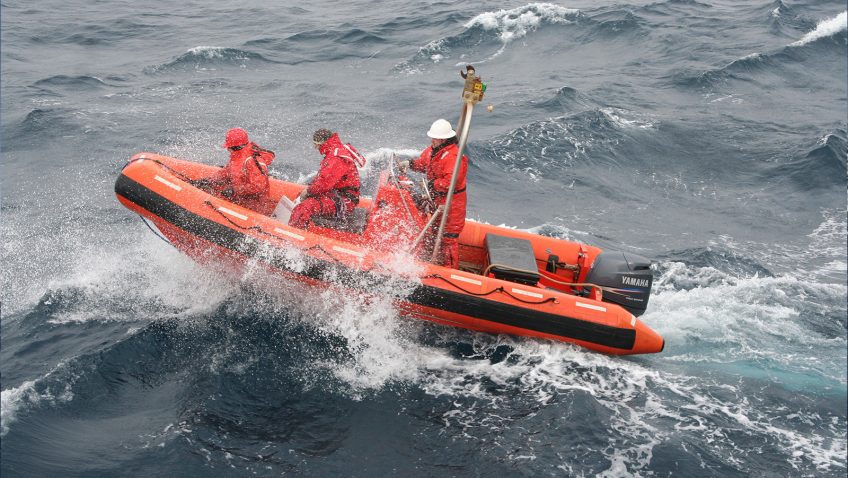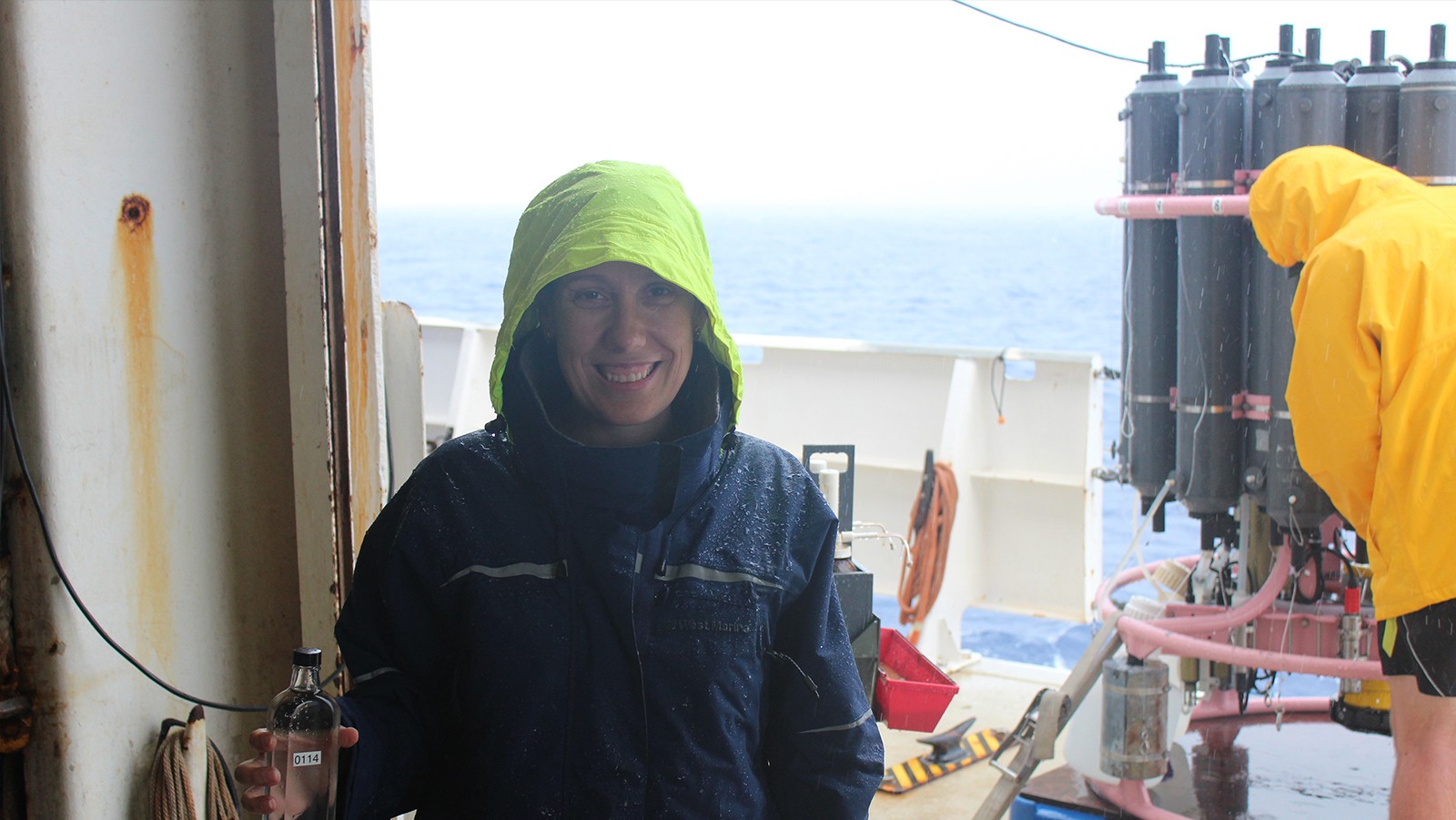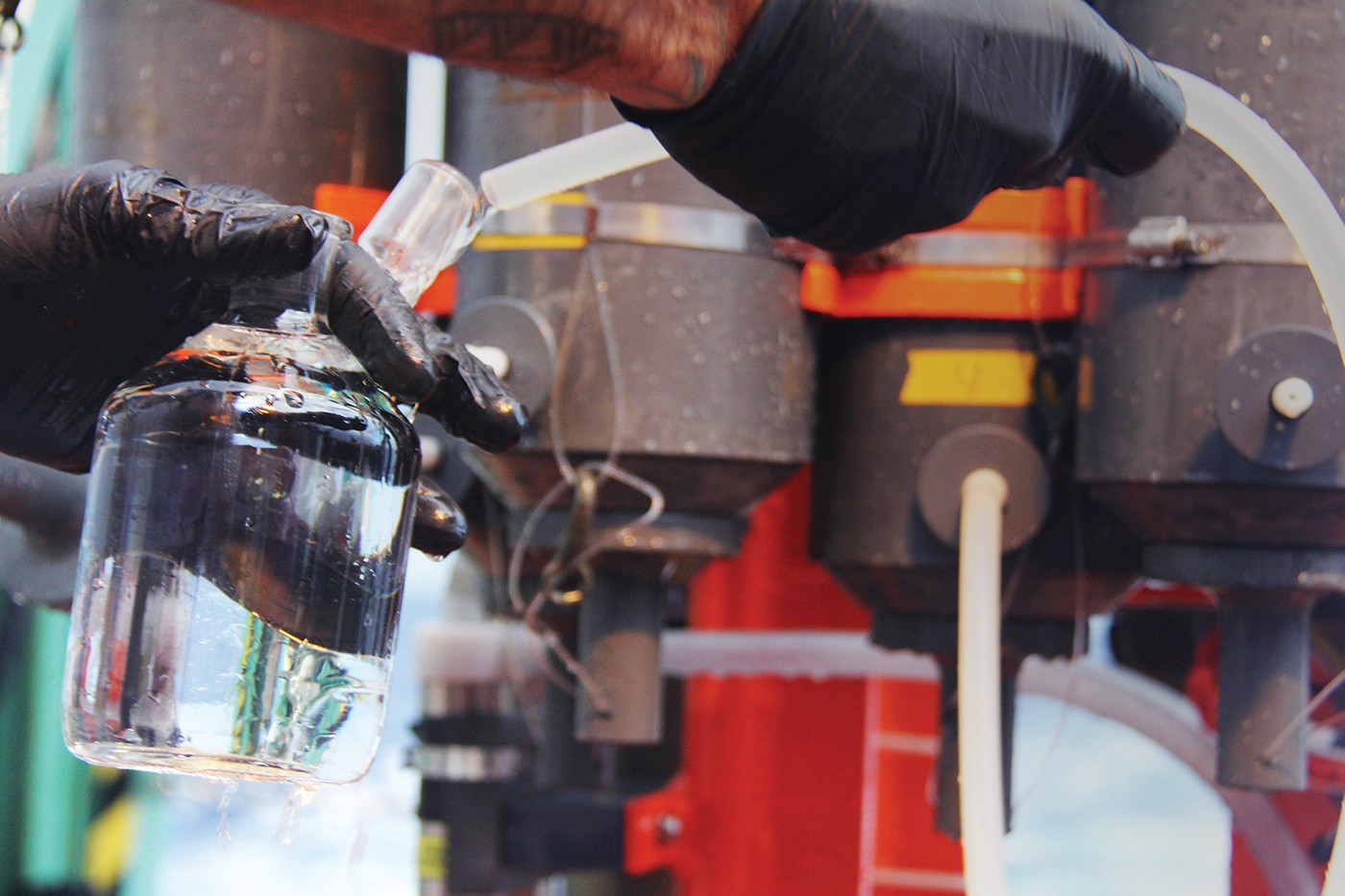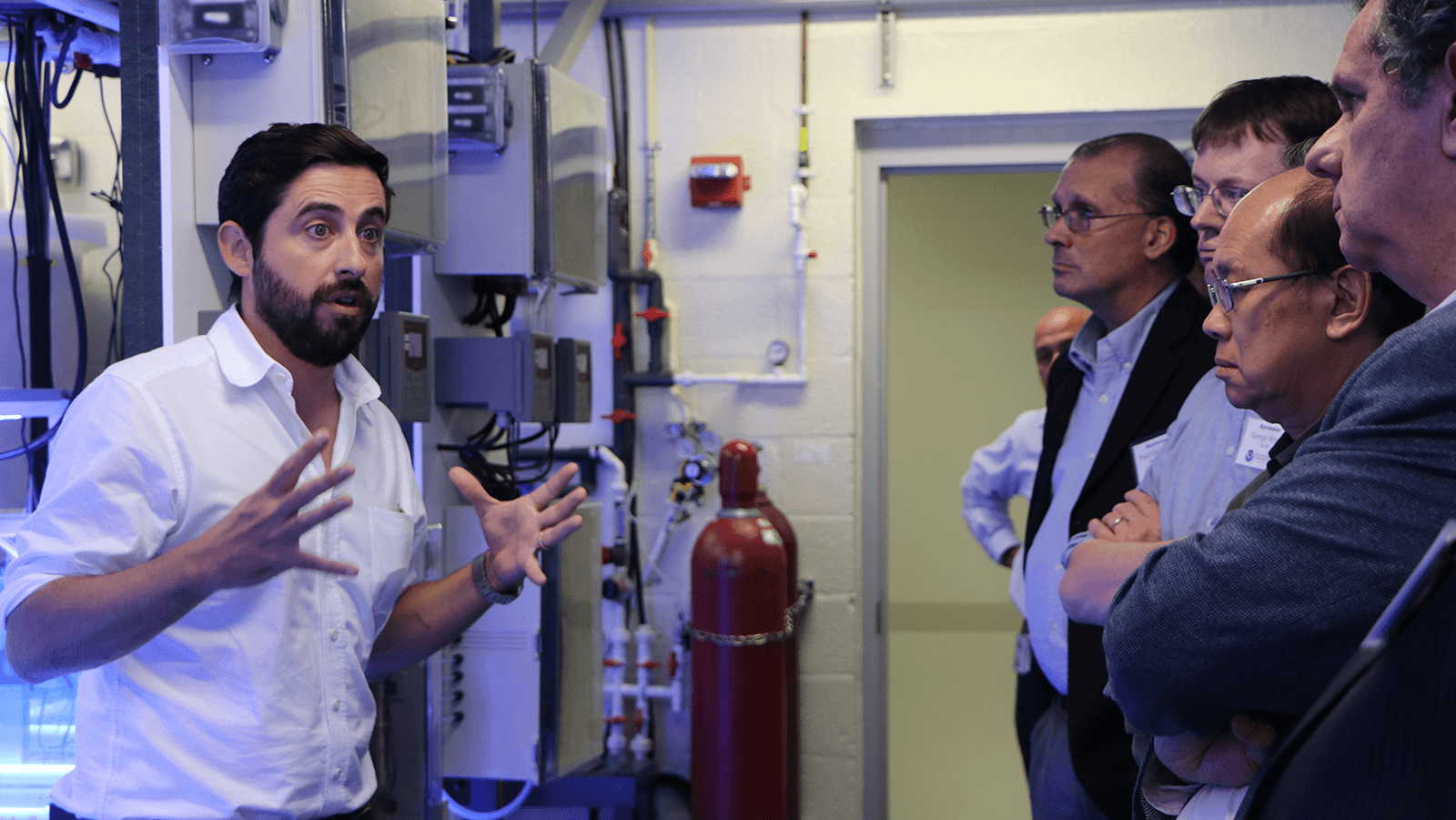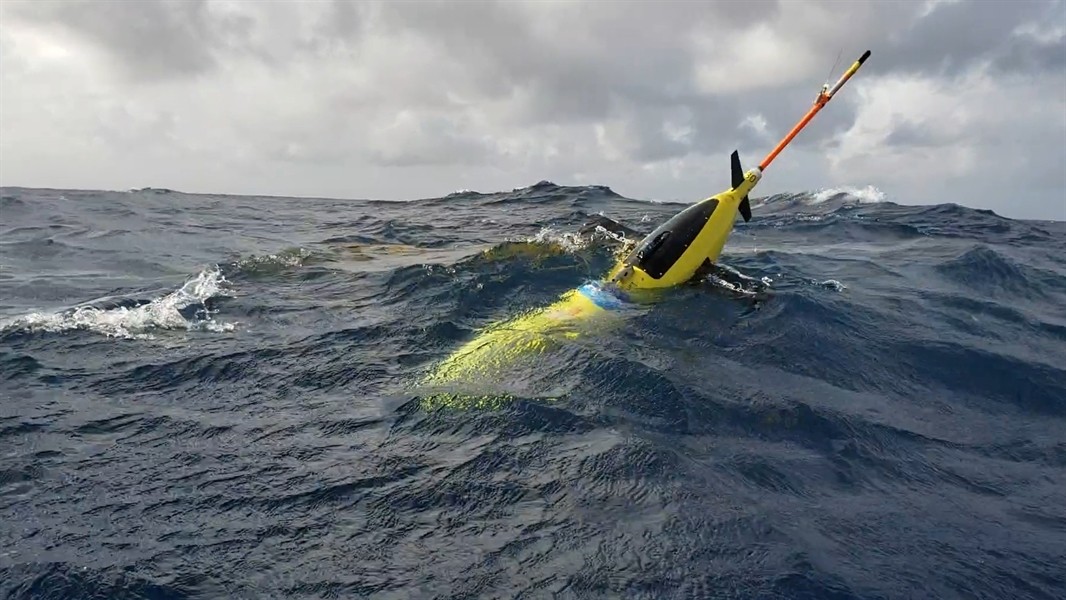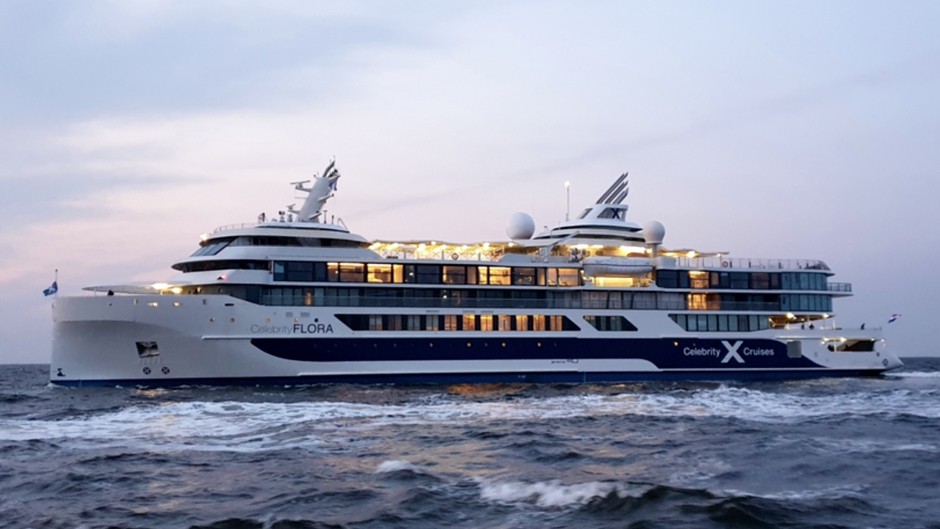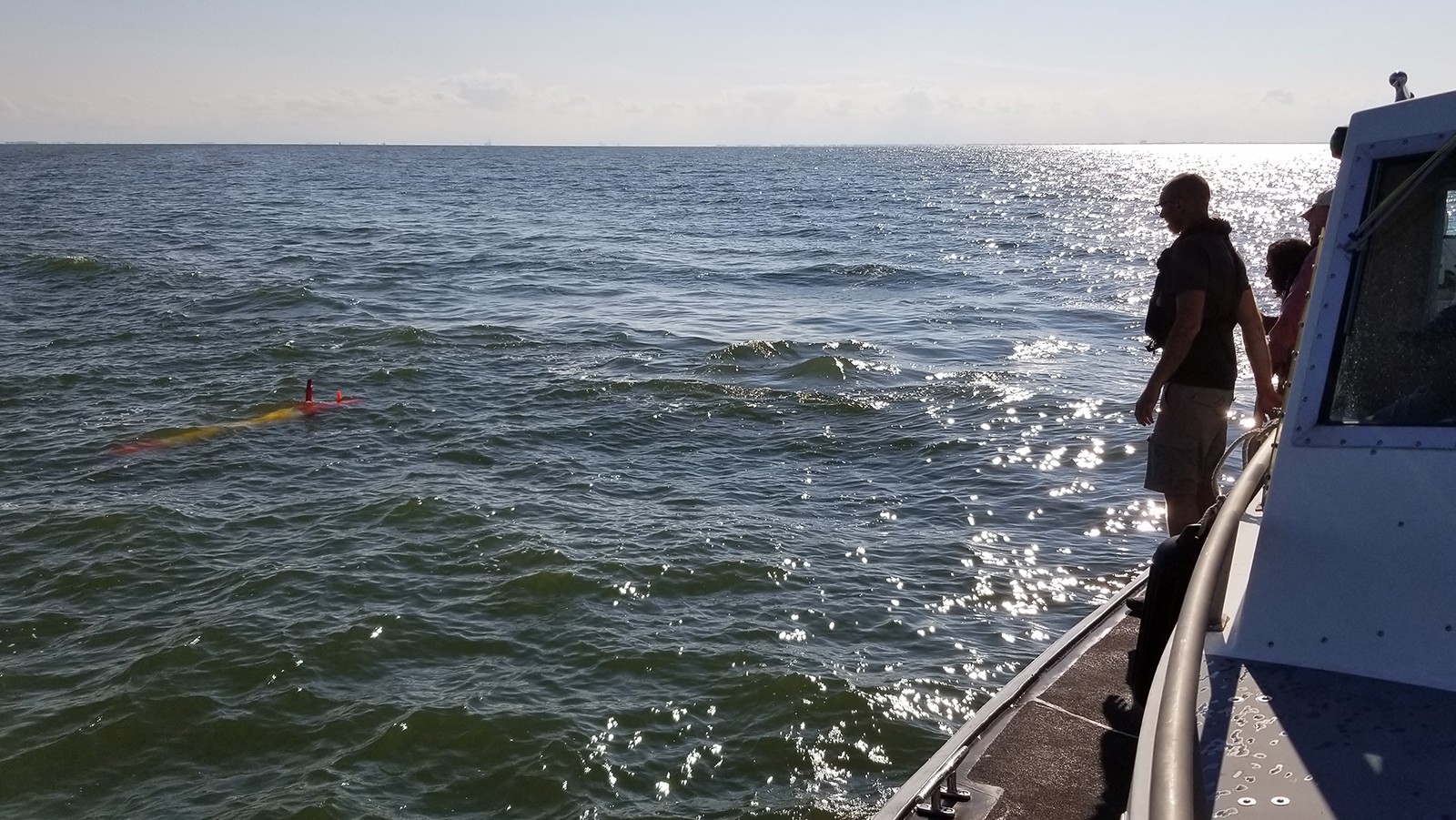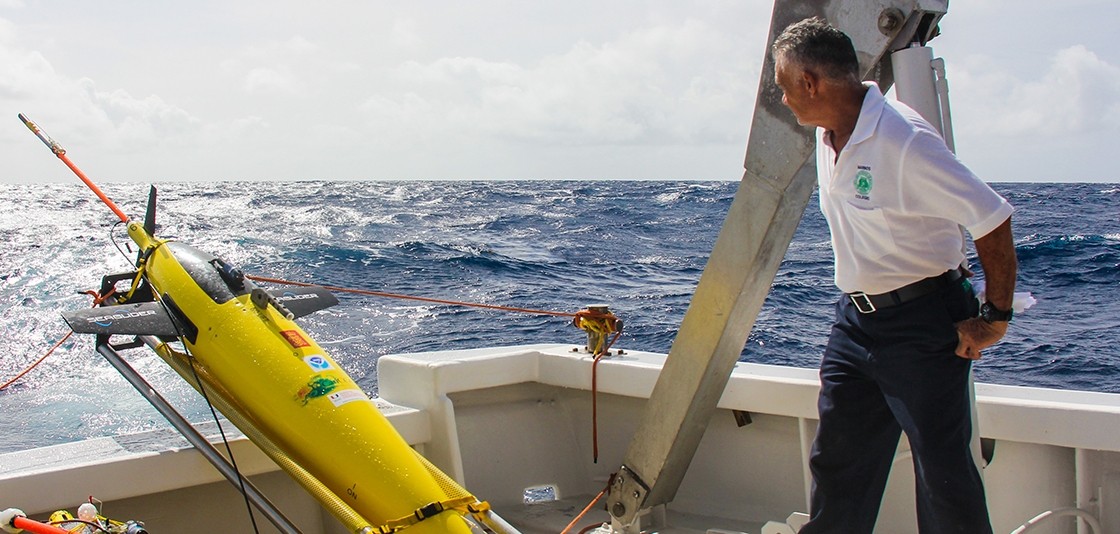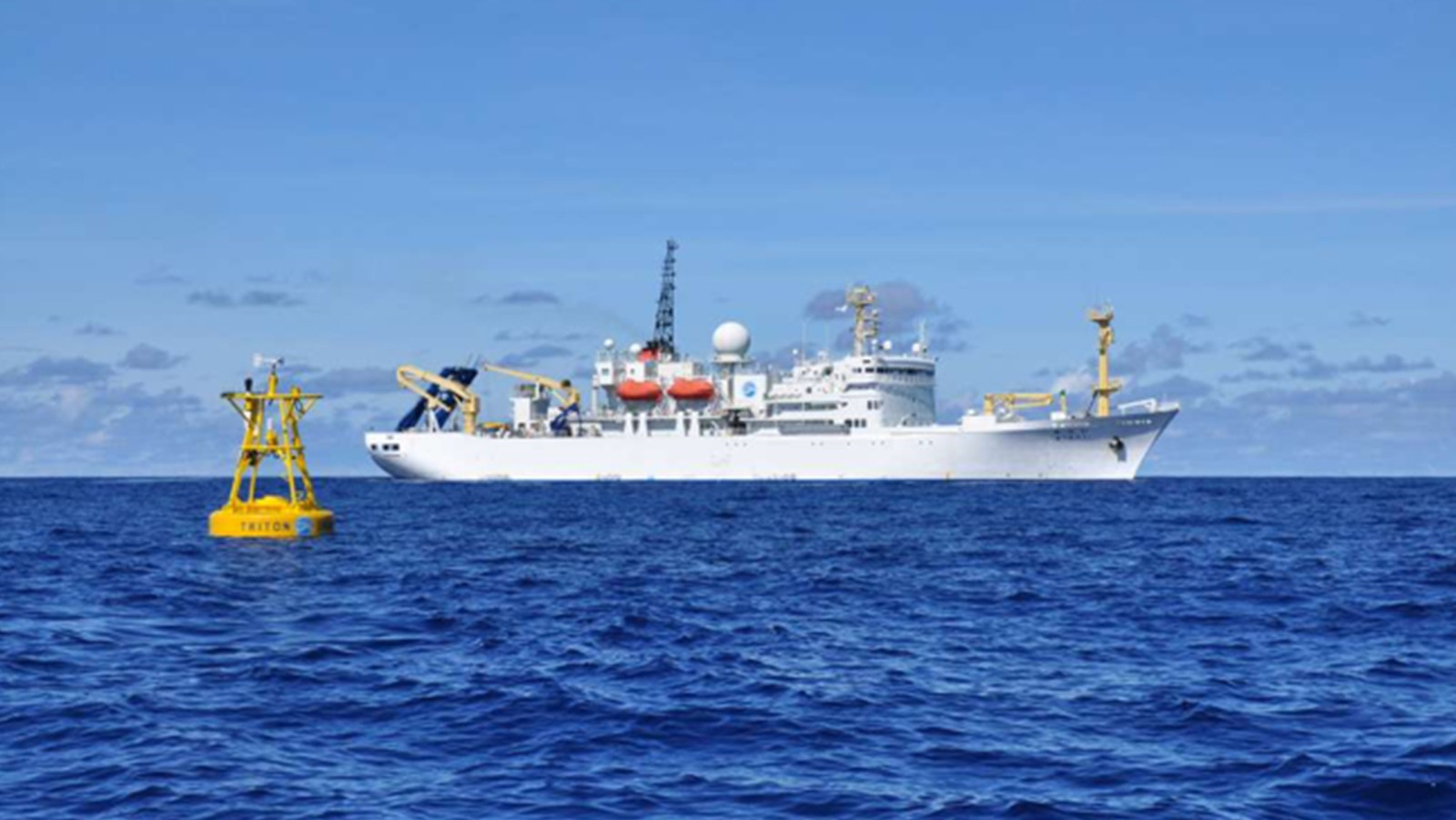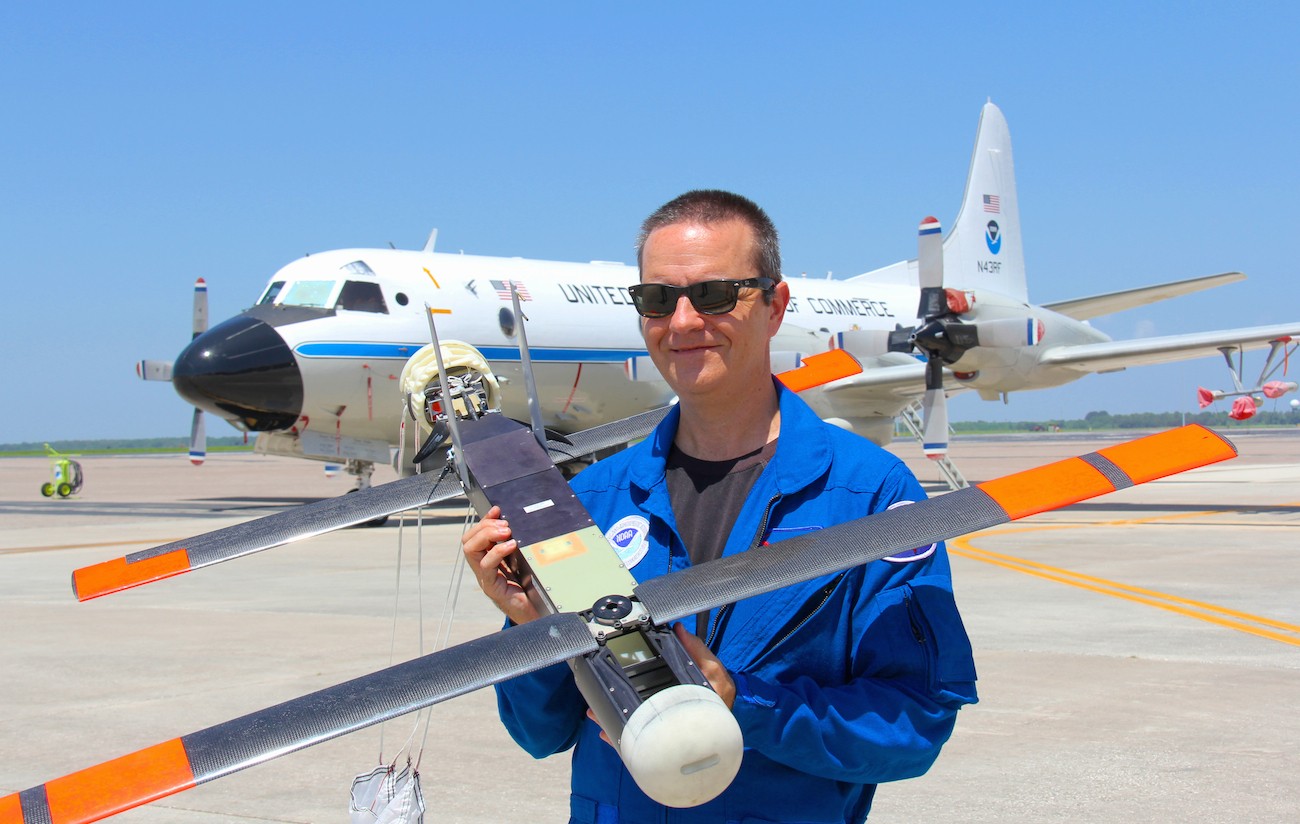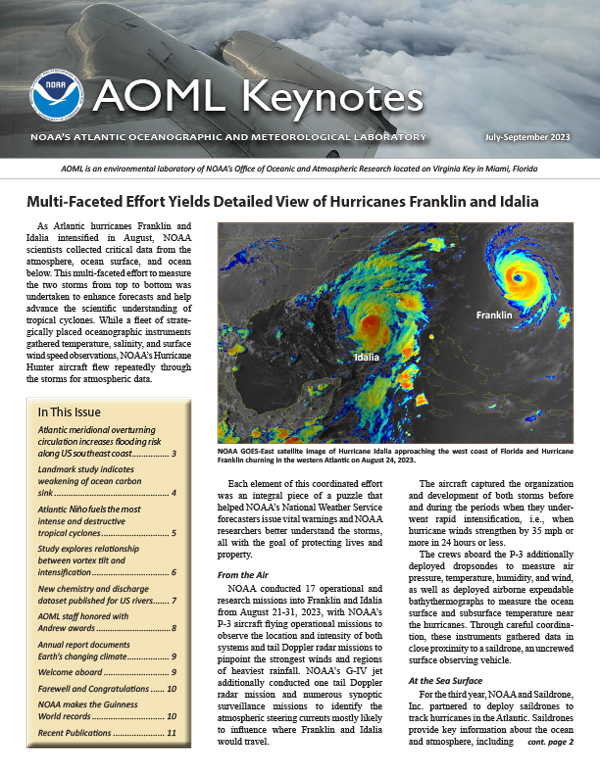NOAA’s Global Drifter Program Partners with the National Data Buoy Center to Support US Navy-funded Spotter Drifter Deployments
NOAA’s Global Ocean Monitoring and Observation Division and Global Drifter Program recently extended a helping hand to support deployment of commercial Spotter drifters, supported by the U.S. Navy’s Office of Naval Research. These specialized drifters are designed to measure waves, in addition to winds and sea surface temperature, providing valuable data to scientists to be used in hurricane forecast models.
